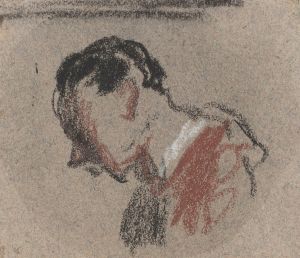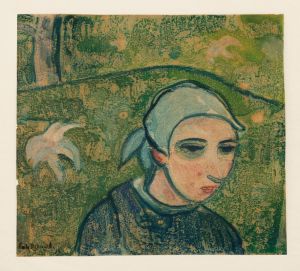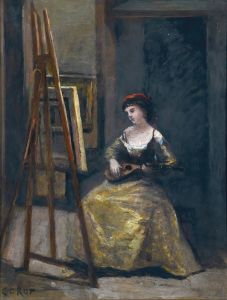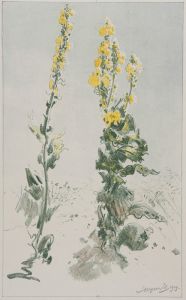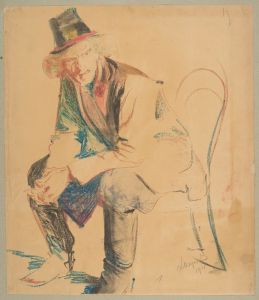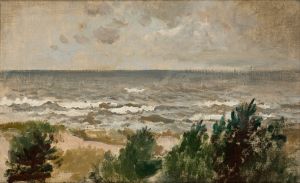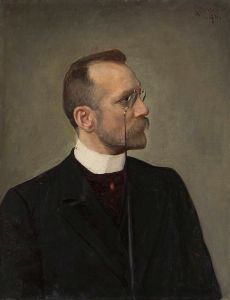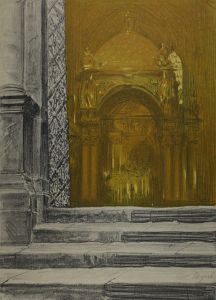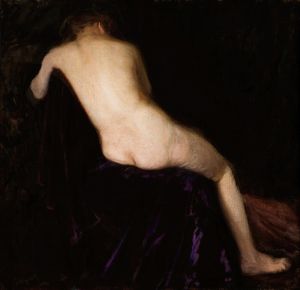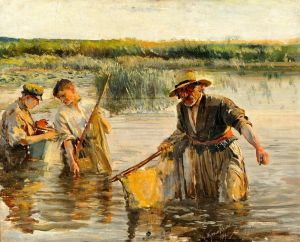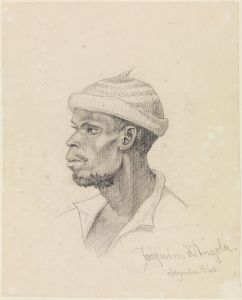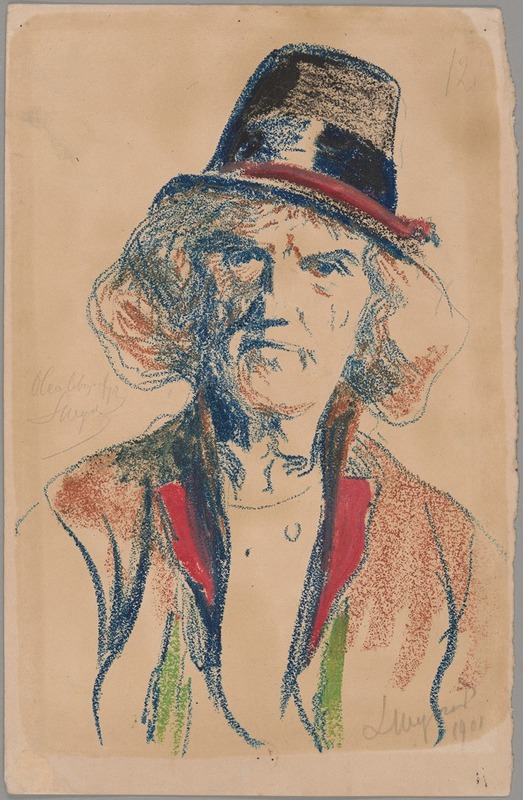
Bust of a Cracow peasant
A hand-painted replica of Leon Wyczółkowski’s masterpiece Bust of a Cracow peasant, meticulously crafted by professional artists to capture the true essence of the original. Each piece is created with museum-quality canvas and rare mineral pigments, carefully painted by experienced artists with delicate brushstrokes and rich, layered colors to perfectly recreate the texture of the original artwork. Unlike machine-printed reproductions, this hand-painted version brings the painting to life, infused with the artist’s emotions and skill in every stroke. Whether for personal collection or home decoration, it instantly elevates the artistic atmosphere of any space.
"Bust of a Cracow Peasant" is a painting by the renowned Polish artist Leon Wyczółkowski. Leon Wyczółkowski was born on April 11, 1852, in Huta Miastkowska, Poland, and he became one of the most prominent figures in Polish art during the late 19th and early 20th centuries. His works are known for their realism and attention to detail, and he was a key figure in the Young Poland movement, which sought to bring modernist ideas to Polish art.
The painting "Bust of a Cracow Peasant" exemplifies Wyczółkowski's skill in capturing the essence of his subjects with great precision and empathy. The artwork portrays a peasant from the Cracow region, which is known for its rich cultural heritage and traditional customs. The subject is depicted with a strong, dignified expression, highlighting the resilience and character of the rural populace.
Wyczółkowski's approach to this painting reflects his broader interest in the lives of ordinary people and his commitment to portraying them with respect and authenticity. His use of light and shadow in "Bust of a Cracow Peasant" demonstrates his mastery of chiaroscuro, a technique that creates a dramatic contrast between light and dark areas, adding depth and volume to the figure.
The artist's attention to detail is evident in the meticulous rendering of the peasant's features, including the texture of the skin, the lines of the face, and the expression in the eyes. This level of detail not only showcases Wyczółkowski's technical prowess but also serves to humanize the subject, inviting viewers to connect with the individual on a personal level.
Leon Wyczółkowski's works, including "Bust of a Cracow Peasant," are significant for their contribution to the documentation of Polish rural life during a period of great social and political change. His paintings provide valuable insights into the daily lives and struggles of the peasantry, offering a window into a world that was rapidly evolving due to industrialization and modernization.
Throughout his career, Wyczółkowski was associated with various artistic movements and institutions. He studied at the Academy of Fine Arts in Munich and later at the Academy of Fine Arts in Kraków, where he was influenced by the works of Jan Matejko, a prominent Polish painter known for his historical scenes. Wyczółkowski's own style evolved over time, incorporating elements of realism, impressionism, and symbolism.
In addition to his paintings, Wyczółkowski was also an accomplished graphic artist and printmaker. His diverse body of work includes portraits, landscapes, and genre scenes, all characterized by a keen observation of nature and a deep empathy for his subjects.
Leon Wyczółkowski passed away on December 27, 1936, in Warsaw, Poland. His legacy endures through his extensive oeuvre, which continues to be celebrated for its artistic excellence and cultural significance. "Bust of a Cracow Peasant" remains a testament to his ability to capture the spirit of the Polish people and their enduring traditions.





